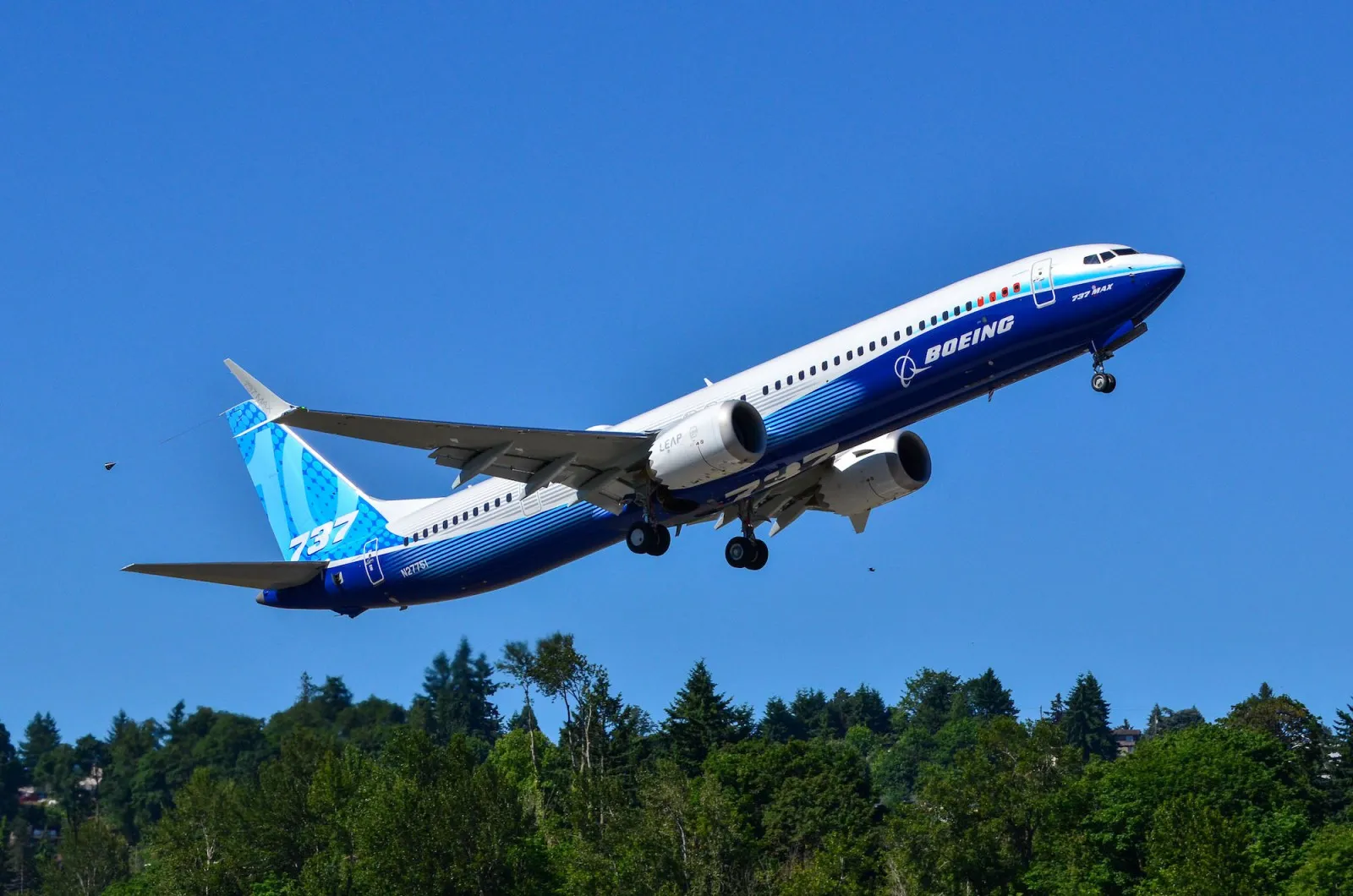
Boeing MAX crashes-Focus moves to training
Jul 25, 2023

The Boeing 737 MAX crashes, which resulted in the tragic loss of 346 lives, led to a thorough investigation into the aircraft's design and operational protocols. As scrutiny intensified, the focus shifted toward pilot training and the adequacy of simulation practices. Regulatory bodies and aviation experts emphasized the need for enhanced training programs that address the specific features of the MAX, particularly the Maneuvering Characteristics Augmentation System (MCAS). This shift aims to ensure that pilots are better equipped to handle emergencies and understand the aircraft's systems, ultimately enhancing safety and restoring confidence in the fleet.
The Boeing MAX crashes in 2018 and 2019 raised significant concerns regarding the safety of the aircraft. In the aftermath of these tragedies, the spotlight has shifted to various factors contributing to the incidents, with a particular focus on pilot training and operational protocols. This article delves into the evolving landscape of aviation training and the critical lessons learned from the Boeing MAX accidents.
Understanding the Crashes
The two fatal crashes involving the Boeing 737 MAX, Lion Air Flight 610 and Ethiopian Airlines Flight 302, were attributed to a malfunctioning flight control system known as MCAS (Maneuvering Characteristics Augmentation System). Investigations revealed that inadequate pilot training and a lack of understanding of the MCAS system played a significant role in the crashes.
Shifting Focus to Pilot Training
In response to the crashes, regulatory bodies and aviation organizations have prioritized enhancing pilot training programs. The Boeing MAX incidents underscored the necessity for comprehensive training that encompasses not only aircraft operations but also emergency procedures and system understanding.
Key Elements of Enhanced Training Programs
Modern pilot training programs now include several key elements to address the shortcomings exposed by the Boeing MAX crashes:
- Simulator Training: Advanced flight simulators are being utilized to provide pilots with realistic scenarios, allowing them to practice responding to various in-flight emergencies, including MCAS-related issues.
- System Familiarization: Training now emphasizes a thorough understanding of aircraft systems, particularly for new technologies like MCAS. Pilots are trained to recognize and respond to system malfunctions effectively.
- Scenario-Based Training: Flight training organizations are incorporating scenario-based training into their curricula, which prepares pilots to handle real-world situations rather than relying solely on textbook knowledge.
- Human Factors Training: Understanding human factors, such as decision-making and situational awareness, is critical. Training programs are integrating these concepts to improve pilots' responses during emergencies.
The Role of Regulatory Bodies
Regulatory bodies, including the Federal Aviation Administration (FAA) and the European Union Aviation Safety Agency (EASA), have also taken steps to ensure that pilot training meets higher standards. These agencies are developing new guidelines and regulations to enhance training requirements and ensure compliance among airlines and training organizations.
Implementing Changes in Airline Operations
Airlines are also reevaluating their operational protocols in light of the Boeing MAX incidents. The focus has shifted to creating a culture of safety and ensuring that pilots are adequately trained for all aspects of flight operations.
Table: Key Changes in Training Post-Boeing MAX Crashes
| Aspect | Previous Approach | New Approach |
|---|---|---|
| Simulator Training | Basic training with limited scenarios | Advanced simulators with real-time emergency scenarios |
| System Familiarization | Minimal focus on new technologies | In-depth training on MCAS and similar systems |
| Scenario-Based Training | Textbook knowledge emphasized | Integration of real-world emergency scenarios |
| Human Factors Training | Limited emphasis on decision-making | Incorporation of human factors into training |
Emphasizing Continuous Improvement
The aviation industry recognizes the importance of continuous improvement in training and safety protocols. Airlines and training organizations are committed to regularly updating training programs based on the latest data and incidents to ensure that pilots remain well-prepared for any situation.
The Future of Aviation Training
As the aviation industry learns from past mistakes, the future of pilot training looks promising. The Boeing MAX crashes have catalyzed a shift towards more rigorous training standards, ultimately enhancing safety for passengers and crew alike.
Conclusion: A Safer Tomorrow
The tragic outcomes of the Boeing MAX crashes serve as a sobering reminder of the importance of effective training in aviation. By focusing on comprehensive training programs, regulatory compliance, and a culture of safety, the industry is taking significant strides toward ensuring that such incidents do not occur in the future. As we move forward, the lessons learned will shape the next generation of pilots, making air travel safer for everyone.
Related Articles

Explore Thailand: The Best Islands to Visit for Paradise, Adventure, and Relaxation

The Ultimate Guide to the Best Islands in Thailand for Your Next Getaway

Do babies need passports? How to get a passport for a newborn

How to get a U.S. passport fast: here’s how to expedite the process

What is Mobile Passport Control: 5 reasons why you should use it

SENTRI vs. Global Entry: A detailed guide

Do you need a passport to go to the Bahamas? Let’s find out

Do you need a passport to go to Mexico? A detailed guide

Do you need a passport to go to Canada? We got the answer

Do You Need a Passport for a Cruise: An Essential Travel Guide

Booster Seat Requirements: All the Rules to Follow in Your Rental Car

What Are the World’s Most Powerful Passports, and How Does Yours Rank?

How to Take a Passport Photo at Home: A Helpful Guide

You've got to have heart! Southwest's new livery

Your opinion: Should water be free on low cost carriers?

Young women bolder than guys as solo travellers
